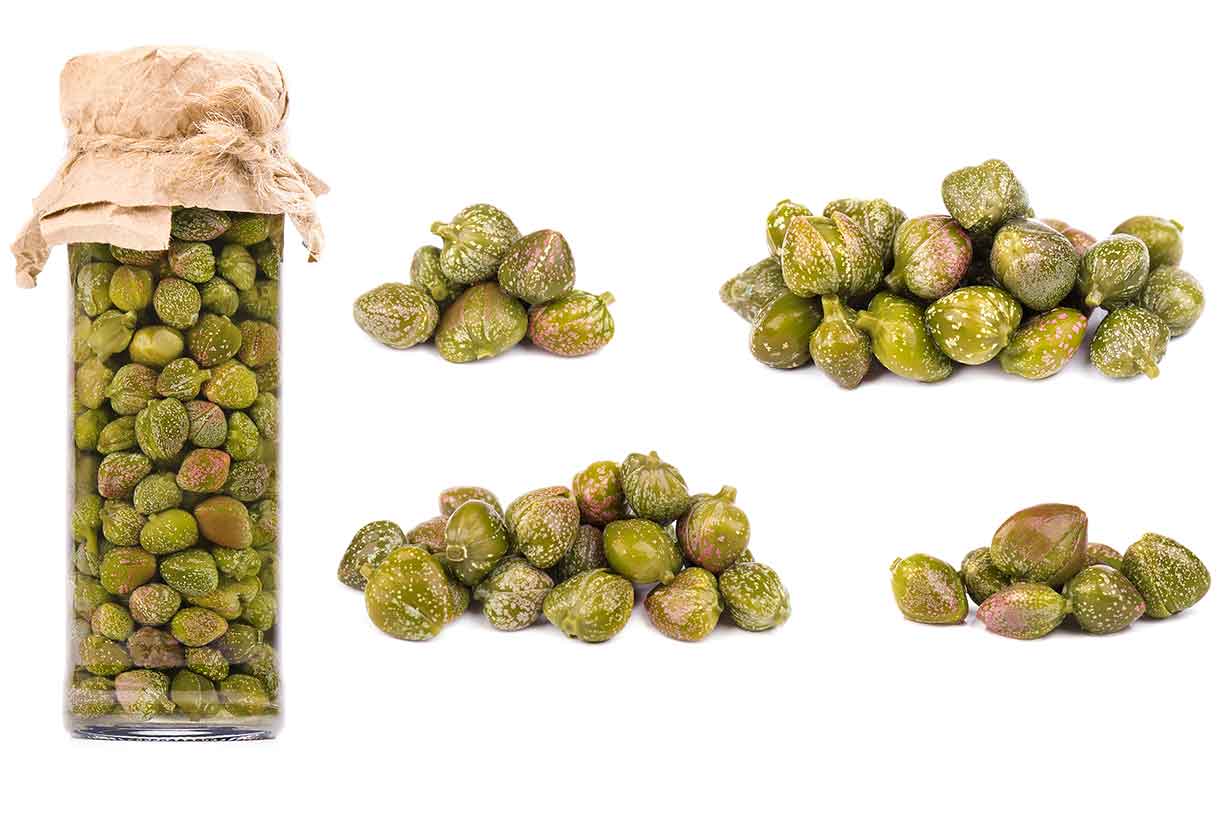
What Are Capers? (and How To Use Them) Nutrition Advance
Salads: Olives add a salty and briny flavor to green salads and grain salads. Pizzas: Sliced or chopped olives make a tasty pizza topping. Tapenades: Pureed olives can make a flavorful spread for bread or crackers. Snacks: Olives can be enjoyed on their own as a savory snack. Whether you prefer using capers or olives in your culinary creations, both ingredients offer a unique and delicious.

Here's Everything You Need To Know About Capers
The caper is an edible flower bud that grows on the caper bush (easy enough to remember). Caper bushes are a perennial, sweet-smelling shrubbery that also produce caper berries and leaves that are used in Greek cuisine. However, capers themselves are by far the most popular byproduct of this plant. They come in multiple sizes, with the smaller.
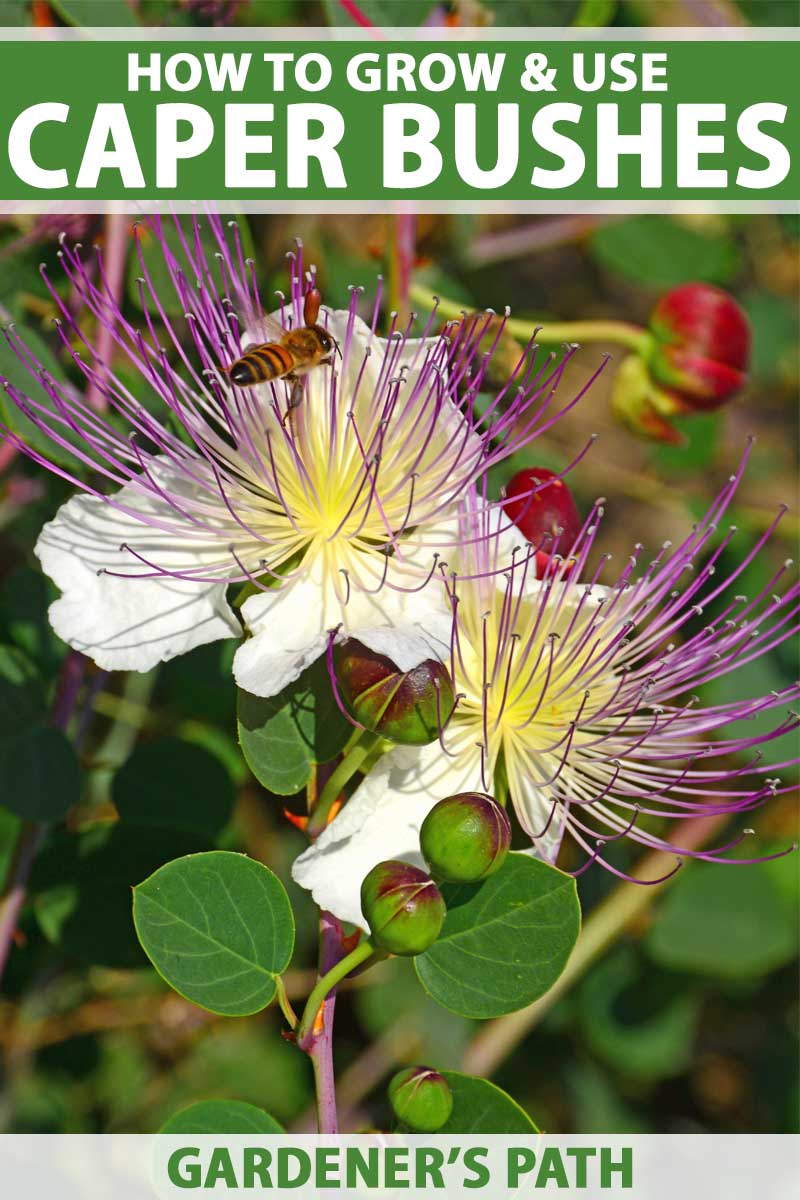
Grow and Use Capers Learn About the Caper Bush Gardener's Path
Warm ingredients in pot: Once the garlic oil is fragrant, add olive, capers, lemon juice, herbs, salt, pepper, and red pepper to the pan or pot. Heat until the capers and olives are warm and herbs are wilted, about 3-5 minutes. Serve: To serve, remove ingredients from the pan to a bowl and serve with small spoons and a side plate for olive pits.
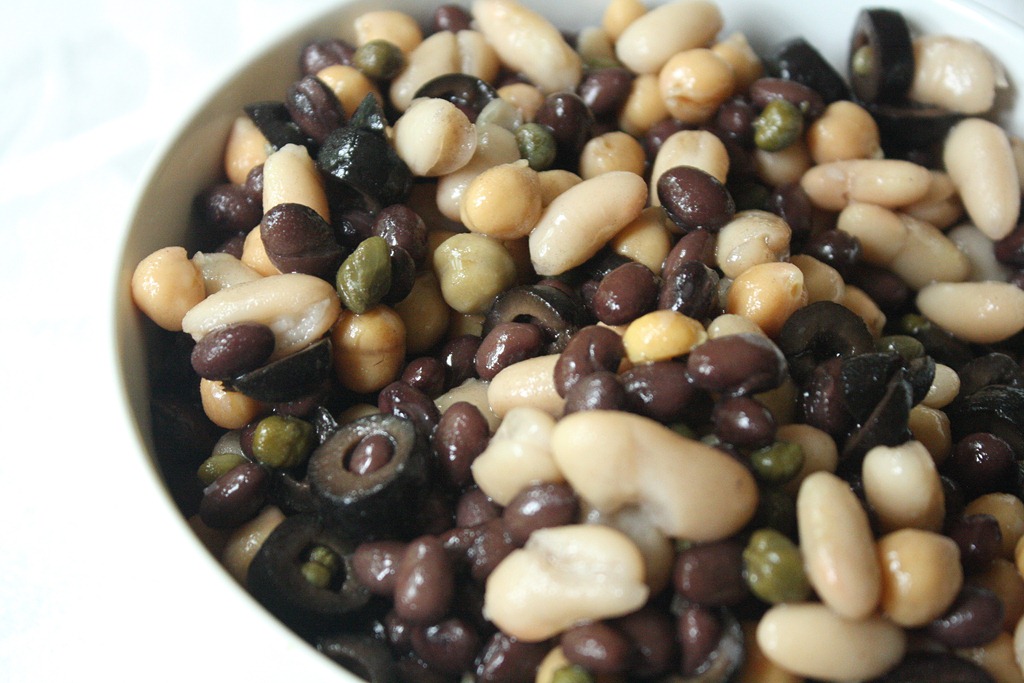
“What Are Capers?” The Wannabe Chef
No, capers are not olives. Capers are the unopened flower buds of the caper bush (Capparis spinosa), while olives are the fruit of the olive tree (Olea europaea). Although capers and olives are often used together in Mediterranean cuisine, they are two distinct ingredients with different flavors, textures, and nutritional profiles..
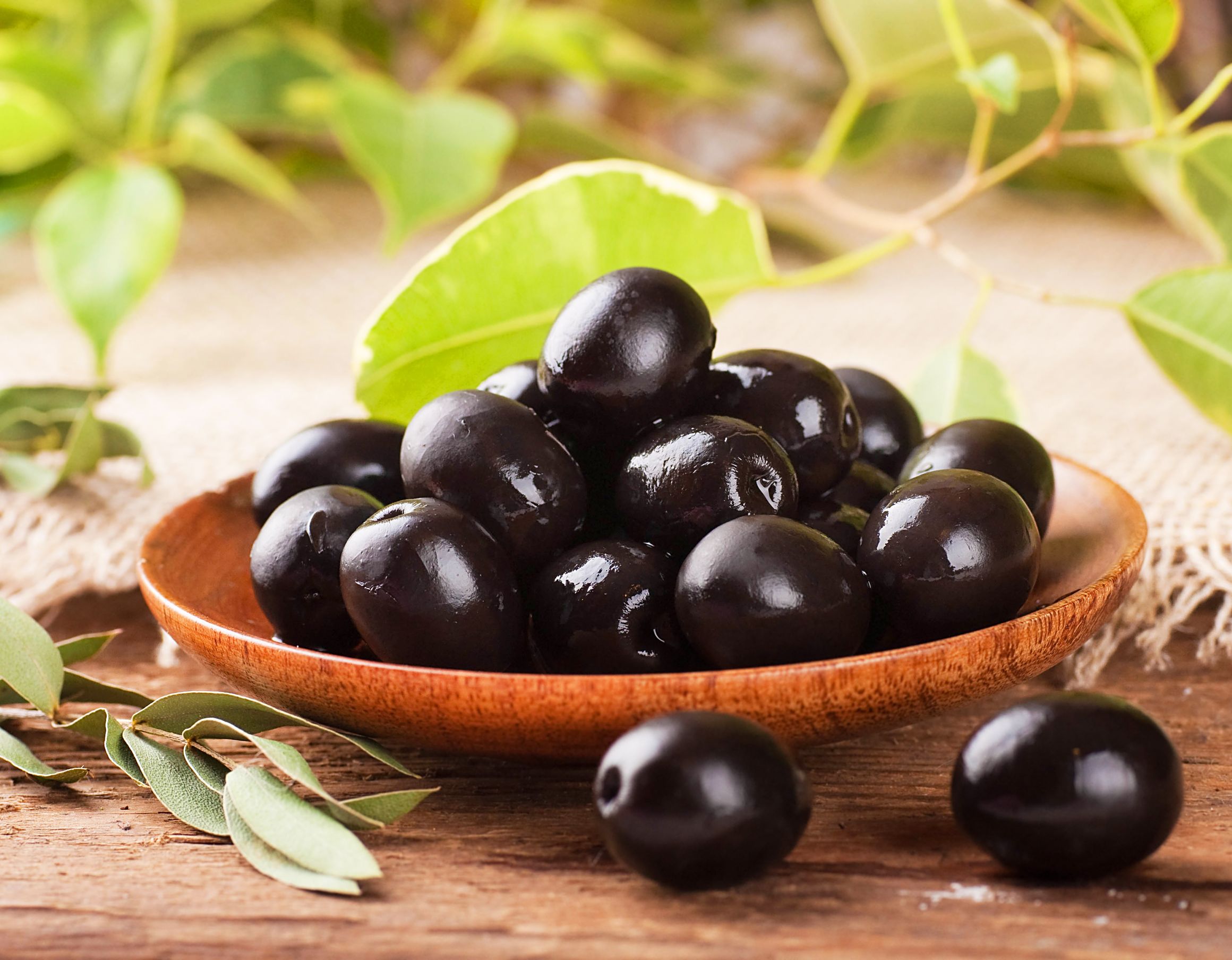
6 Awesome Health Benefits Of Olives That Prove Exactly Why You Should
2. ARE OLIVES AND CAPERS RELATED? Olives and capers are from separate plants but share many tastes, uses, and regions. Olive trees produce olives, and caper plants produce capers. The two are prepared identically and packed in brine or salt for a robust, savory flavor.
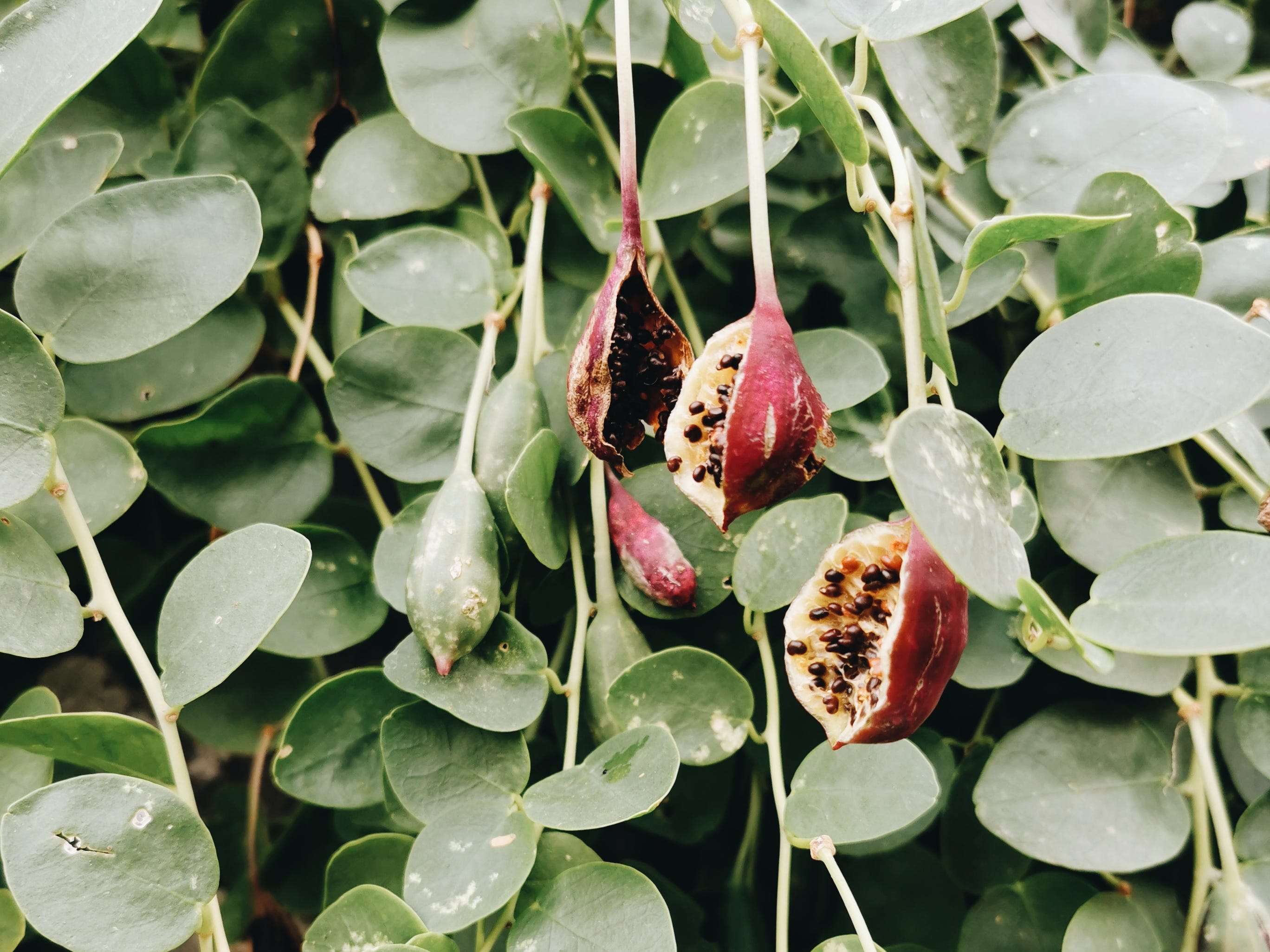
Everything you didn't know about capers by Emiko Davies
fdelacarrera1/Pixabay. Every olive-obsessed, bring-on-the-brine fan of a flavorful vinegar punch loves a caper. These weird little briney beads are the perfect addition to anything that needs an.

Pickled Capers Zeea Olives
For brined capers, a quick rinse and drain should help wash off any lingering vinegar taste. For salt-cured capers, Minchilli recommends soaking them for at least 15 minutes in cool water and then.
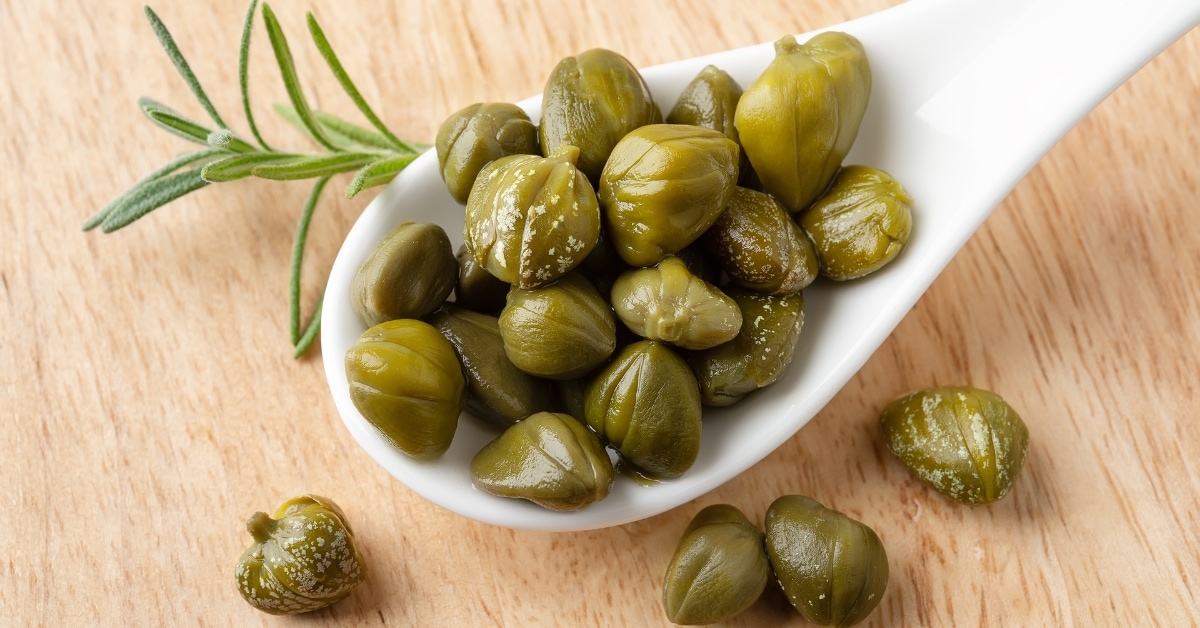
What Are Capers? (+ How to Use Them) Insanely Good
Capotes: 9 to 11 millimeters. Fines: 11 to 13 millimeters. Gruesas: 13 millimeters or larger (nearly ½ inch) If a caper is allowed to grow and mature long enough on the bush, it becomes a caperberry. These resemble a small olive, have tiny, kiwi-like seeds hiding inside, and sport a long stem. Caperberries are softer in texture and milder in.
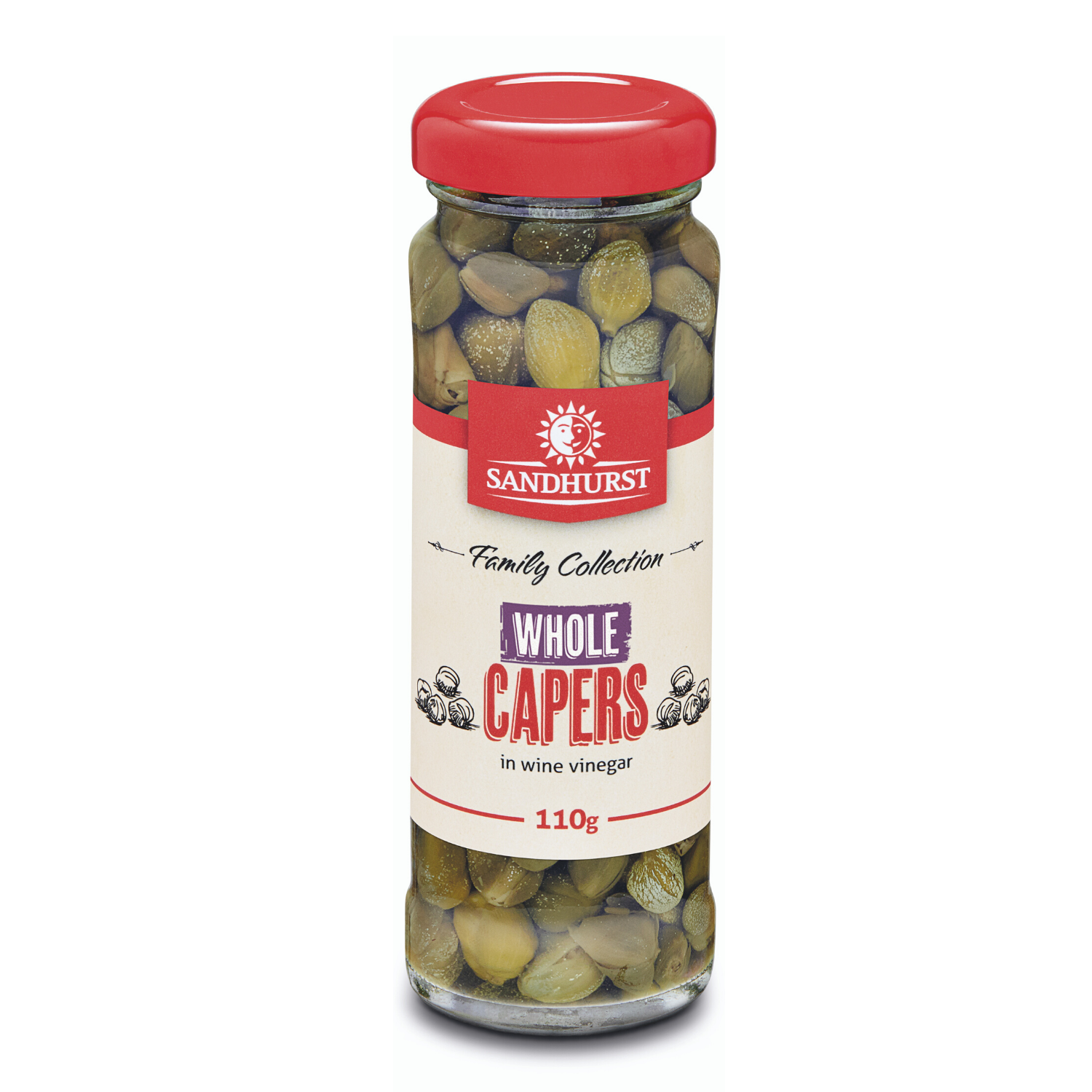
Capers Sandhurst Fine Foods
Step 4: Chop. Now chop the capers using a sharp chef's knife, slicing back and forth for a rough chop, or placing your free hand on the tip of the knife blade and rocking rapidly for a fine mince. Chopped capers can be stored in a sealed container in the refrigerator for several weeks. A dish like spaghetti puttanesca—spaghetti in a sauce.
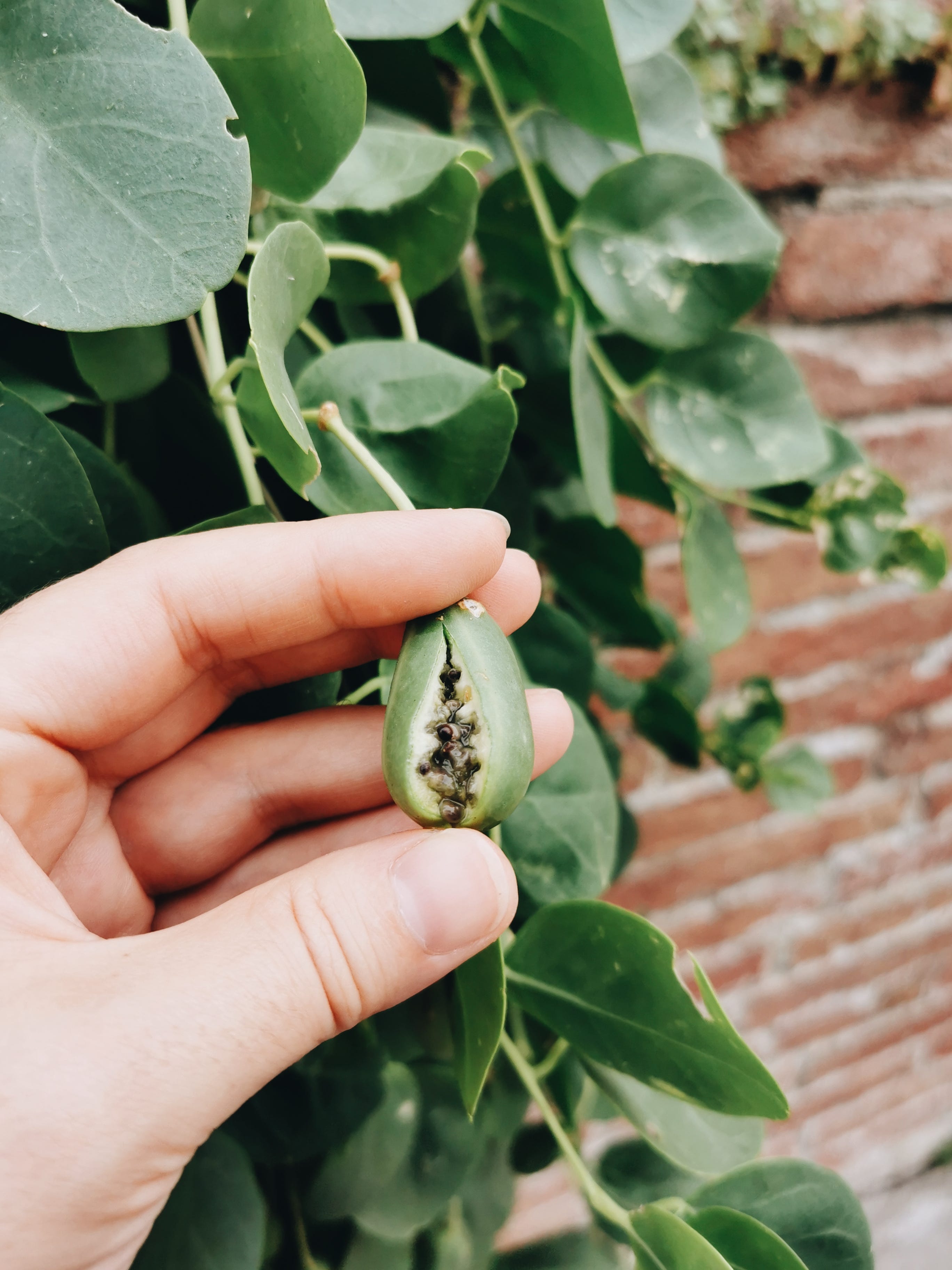
Everything you didn't know about capers by Emiko Davies
Olives: The saltiness of olives paired with capers creates a Mediterranean twist that can enhance pastas and salads. Capers and Dairy. Capers can seamlessly integrate with dairy products, creating a balance between the briny and the creamy: Cheese: Incorporate capers into dishes with feta or goat cheese to provide a tangy contrast.

OLIVES & CAPERS Archives Cibosano
Smaller nonpareil capers are more expensive than larger capers and are comparable in price to jars of gourmet olives. In their native regions, caper bushes grow wild and the buds can be foraged. The caper spurge plant ( Euphorbia lathyris ) is a similar looking plant that is poisonous, so correct identification is vital.

6 Best Substitutes for Capers IzzyCooking
Capers are the unriped green buds of a prickly bush called capparis spinosa that grows wild across the Mediterranean and parts of Asia. Those briny globes we buy in jars at the grocery store start.
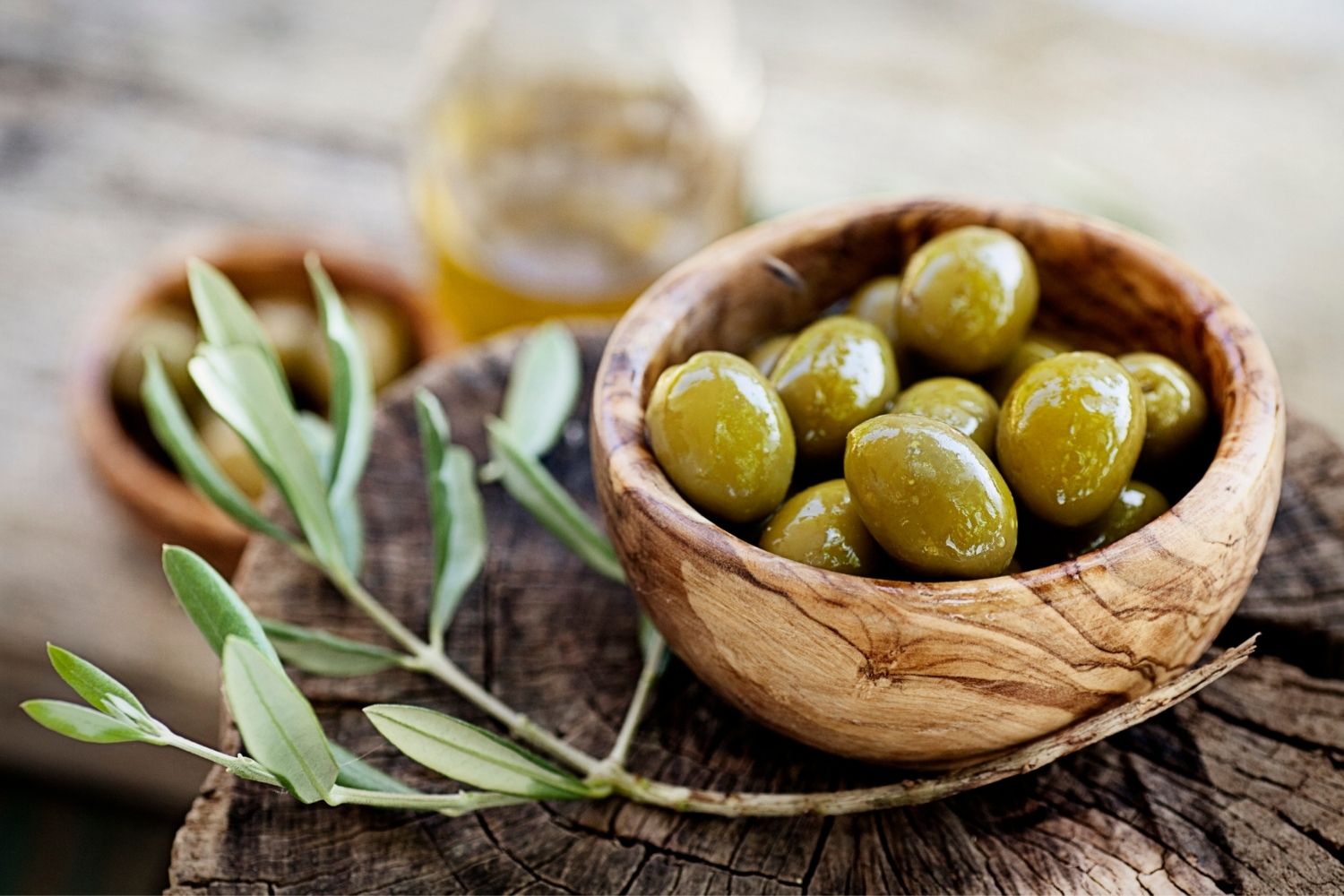
How to grow olives step by step and discover the five best olive trees
Green Olives: They share a similar briny and salty flavor with capers. Finely chopped green olives can be used as a caper substitute in most recipes, especially in Mediterranean dishes.
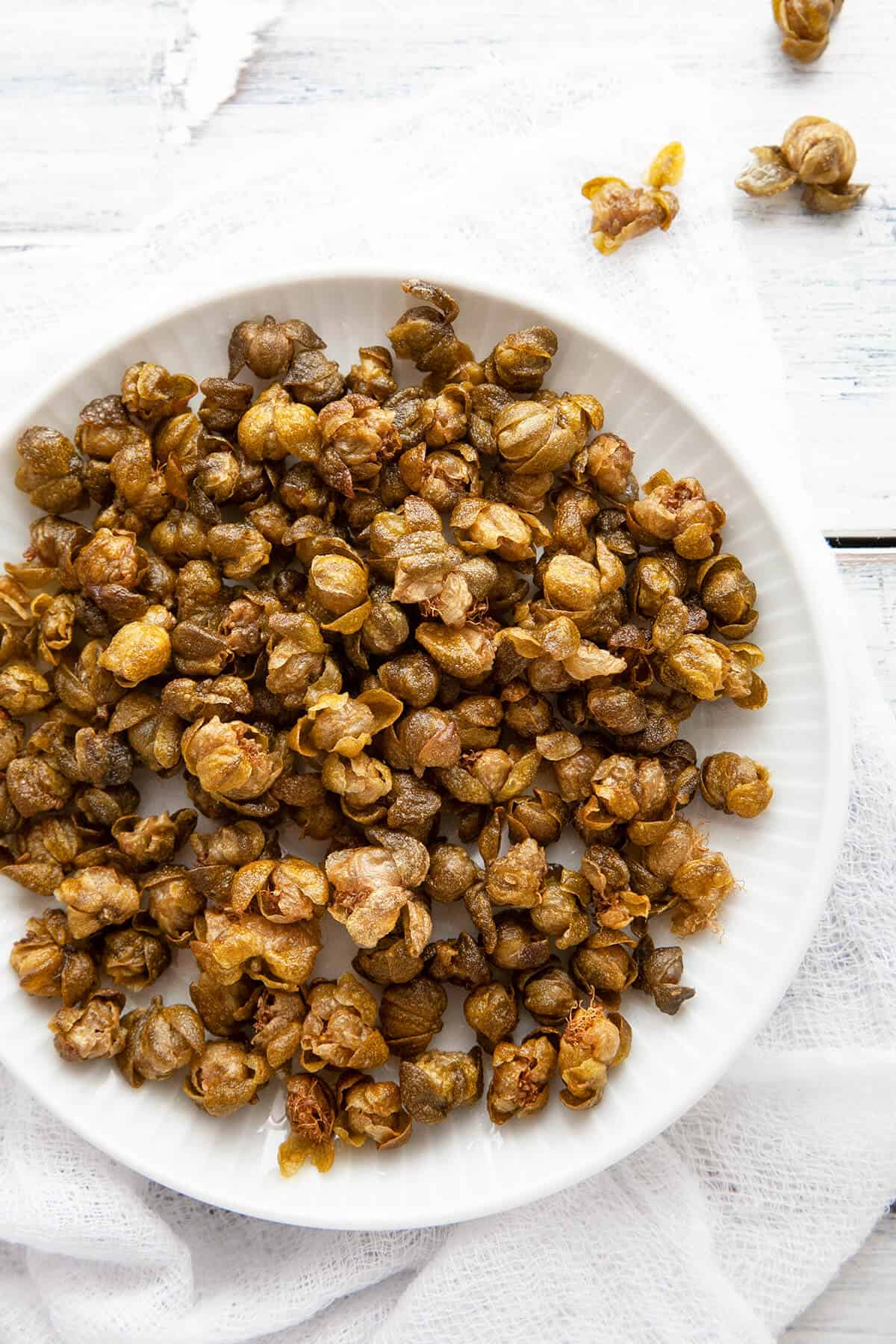
Fried Capers Foodtasia
Caper berries are formed when immature buds are left on the bush, where they blossom into flowers and, eventually, turn into the caper berry fruit, attached to the bush by a long stem, almost like a cherry. Their coloring, size and shape, however, make them closely resemble green olives. Compared to capers, caper berries are milder in taste.
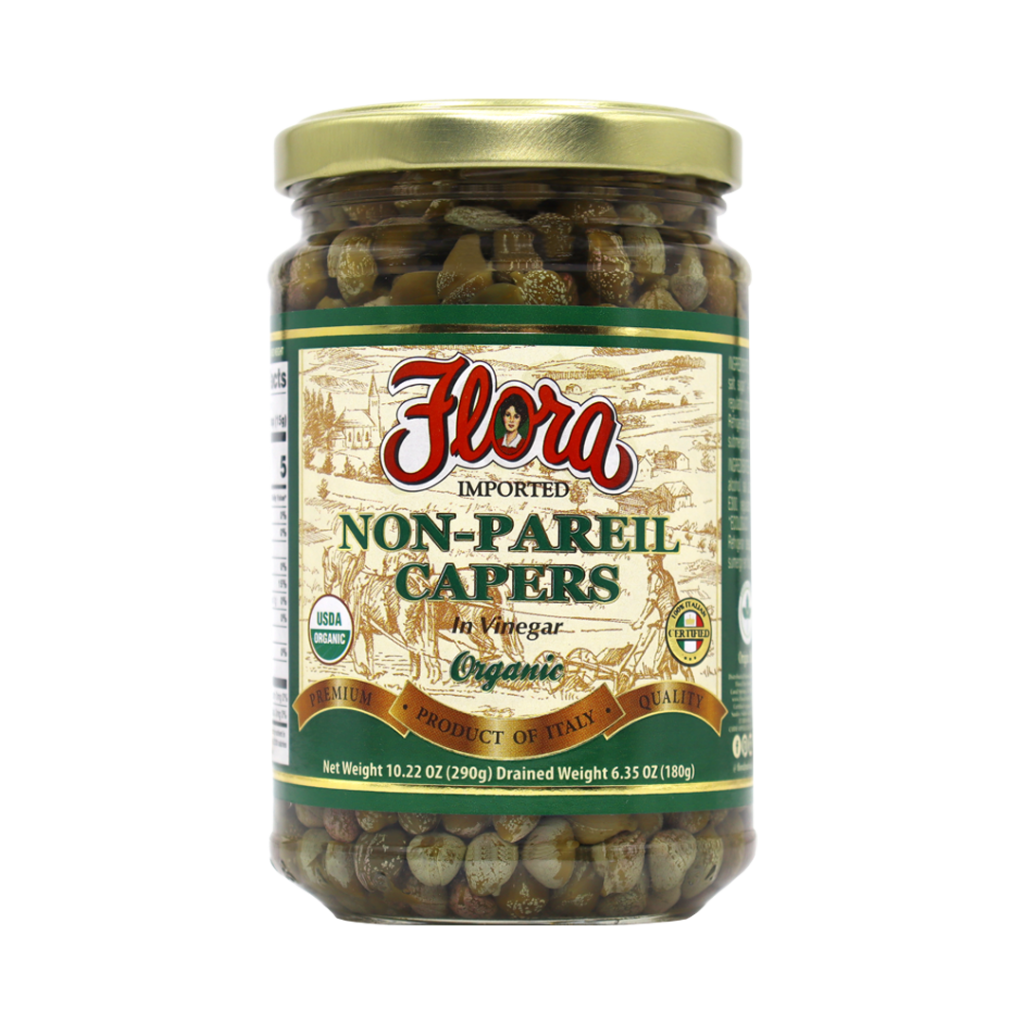
Capers Flora Fine Foods
Capers vs. Olives. Capers and green olives have similar flavor profiles, but capers veer saltier and fresher; they don't have the oiliness of olives. Olives can taste a little more floral or even buttery. Unlike flower bud capers, olives are actually a fruit that grows on the olive tree—a stone fruit, to be specific. (Hence the pits!)
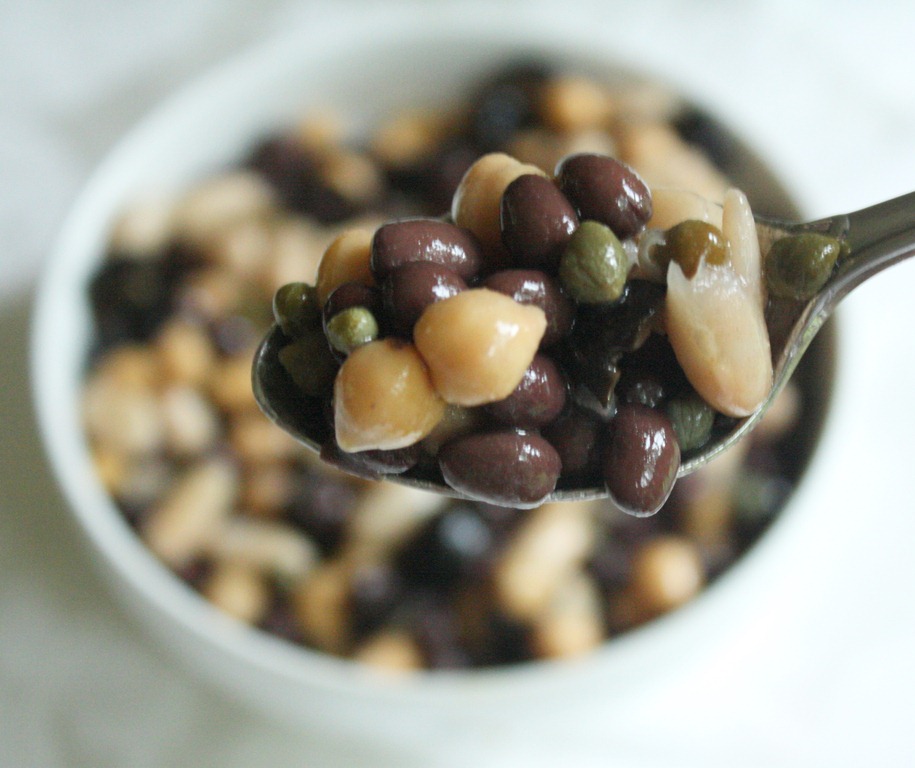
“What Are Capers?” The Wannabe Chef
Capers and caperberries do come from the same plant, the caper bush. However, caperberries are the full, ripened fruit of the caper bush, with the stem attached. Capers, on the other hand, are just the unripe bid. Caperberries are much larger than capers, they're about the size of a green olive while capers are closer to the size of a pea.